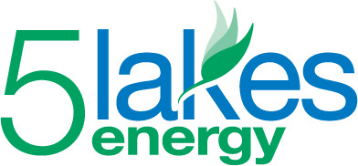Today, Senators Susan Collins (R-ME) and Bob Casey (D-PA) and Representatives Tom Reed (R-23rd NY) and Earl Blumenauer (D-3rd OR) introduced the Senate and House versions of The Power Resiliency and Efficiency (POWER) Act, which would improve the federal tax incentive for industrial energy efficiency applications, such as combined heat & power (CHP).
Summary of the POWER Act:
The POWER Act would make the following changes to Section 48 of the tax code (the Investment Tax Credit) to reduce the capital costs of combined heat and power and waste heat to power projects, and provide parity compared with other clean and efficient energy technologies:
- Increase the credit from 10 percent to 30 percent. Some energy technologies, such as solar, currently receive a 30 percent ITC, but combined heat and power is only eligible for 10 percent. Raising the level of the credit would establish parity and allow technologies to better compete with one another.
- Apply the credit towards a project’s first 25 megawatts, rather than the first 15 megawatts, and remove the cap limiting the credit to projects under 50 megawatts. The current caps have hindered the deployment of industrial energy efficiency technologies for large energy users.
- Extend the credit for two years, to the end of 201 The current ITC is set to expire in December 2016.
- Add WHP as a qualifying technology that is able to access the ITC.
If you are interested in expressing support for The POWER Act, please contact Jamie Scripps at jscripps@5lakesenergytest.flywheelsites.com.
Thank you for engaging on this important federal policy issue!
Posted by Jamie Scripps, Principal
Thursday, June 4, 2015
